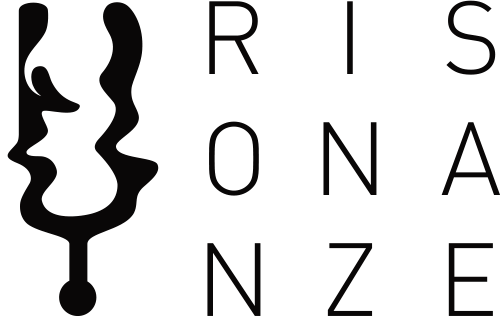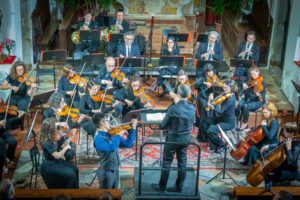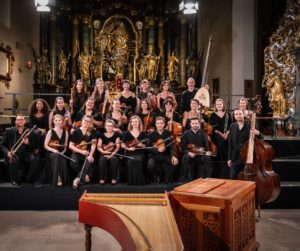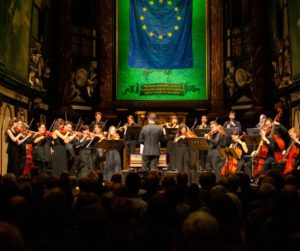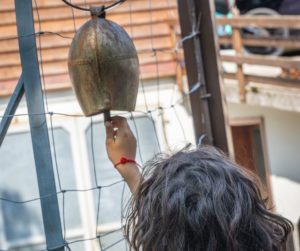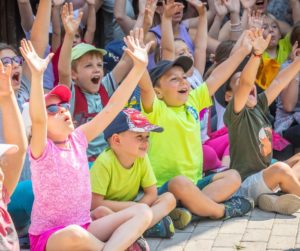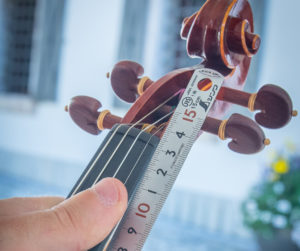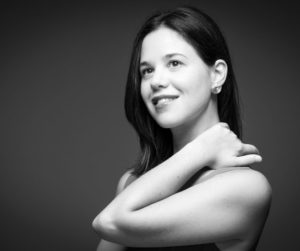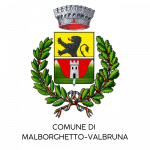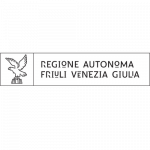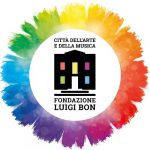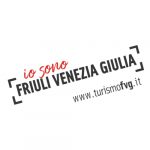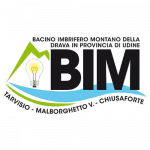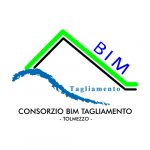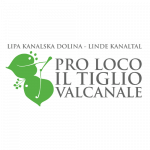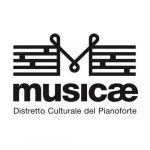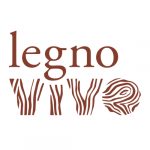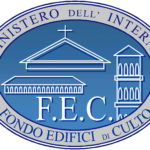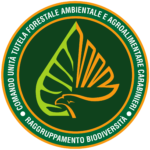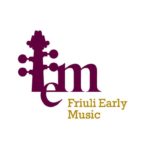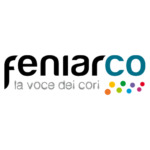Masterclass: J. S. Bach's Goldberg Variations - as part of the GOLDBERG FANTASY project by Piano FVG Association
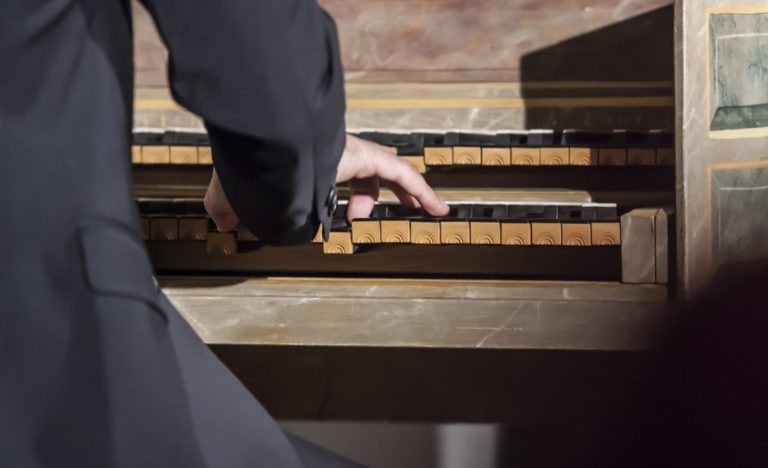
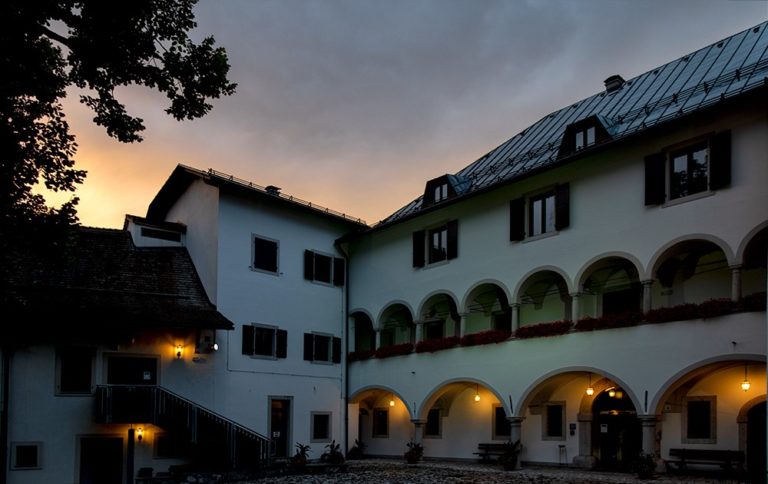
25 to 27 June
Palazzo Veneziano Concert Hall, Malborghetto
COURSE PROGRAMME
Tuesday 25 June
0re 10.00 – 12.00: Introduction to the Goldberg Variations BWV 988
The form, ostinato bass, general structure, historical precedents and background to the variations
lunch
2 – 4 pm: The internal series, sub-cycles, groups of variations, questions of tempo and tactus
temporal correlations between variations
coffee break
16.30 – 18.00: Air and variation analysis
Wednesday, 26 June
9 a.m. – 12.30 p.m.: In-depth individual lessons
lunch
15.00 – 18.00: In-depth individual lessons
Thursday, 27 June
9 a.m. – 12.30 p.m.: In-depth individual lessons
lunch
15.00 – 18.00: In-depth individual lessons
Lecturer: Alberto Busettini
6 young harpsichordists under 35 selected: Sara Bandiziol, Stefano Carlon, Alessandro Del Gobbo, Eva Dolinšek, Lorenzo Rupil, Matteo Schönberg
A note on the project
The GOLDBERG FANTASIA project bears in its subtitle the words ‘for the delight of the spirit’, written by J.S. Bach on the title page of the famous score published in 1742 . This can be considered one of the hinges on which the project is grafted, which aims to create, “for the delight” of the protagonists and the audience, an original and multidisciplinary performance, which, building on the experience already successfully realised by Piano FVG with the musical short film “Goldberg Sperpentine Love”, returns from the cinema screen to the live show, once again enhancing young talented emerging artists, in the field of music, theatre, dance. The creativity of the project will be expressed not only in the artistic production, but also in the choice of prestigious locations, able to “dialogue” with the staging for “unique” events, and in the involvement of entrepreneurial realities from both the cultural and the economic, financial and production spheres.
GOLDBERG FANTASIA is a project designed to give space to the creativity of professionals, entrepreneurs and young artists, in the conception and realisation of an original product, which “lives” not only in its contents, but also in the “places” where it will be staged. If the live show is in fact, by its very nature, always different in each performance (if only because of the special ’empathy’ that is created with each audience present), even the environment that hosts it is not indifferent to its success, especially if it is particularly interesting from a historical/artistic/architectural point of view, that is, if it can ‘dialogue’ in an original way with the staging so as to make each performance a truly ‘unique’ and ‘exclusive’ act. For this reason, the focus has been on settings that are not “canonical” in theatre halls, but in period palaces and villas, which can accentuate the reference to the historicity of Bach’s music, and at the same time create the right detachment from the more contemporary staging content, also with the use of digital technologies.
The project will stage 5 performances (period: OCTOBER/NOVEMBER 2024), one of which will take place in Venice in Palazzo Nani Mocenigo (noble residence on the Grand Canal, 15th century), thanks to the organisational synergy with the Travel/Incoming Agency Reveal Venice. The other events will mainly take place in locations linked to the same Venetian ‘fil rouge’, harking back in style and taste to the splendour of the Serenissima. Examples of this are Palazzo Ragazzoni in Sacile/PN (16th century, with valuable frescoes by Montemezzano, school of Veronese) and the Venetian Palace in Malborghetto-Valbruna/UD (late 16th century, former home of the Venetian Canal family, today also housing the Val Canale Ethnographic Museum). For the cross-border area of GO!2025, the choice points to the historical residences of Villa De Claricini Dornpacher (17th century in Bottenicco di Moimacco, on the outskirts of Cividale) or Villa Vipolže, in Dobrovo/Brda near Gorizia/Nova Gorica, formerly the hunting lodge of the Counts of Gorizia, renovated in the 17th century on the model of the Renaissance Venetian villas on the mainland. In both cases, these are historical residences that are now combined with wine-making and charming hospitality activities, again to remain in the sphere of the culture-entrepreneurship binomial. In Trieste, the choice of location will focus on the more contemporary setting of the new Sala Luttazzi, housed within a historical context of 19th century industrial archaeology such as the Porto Vecchio.
